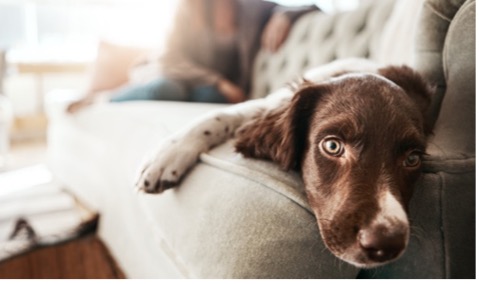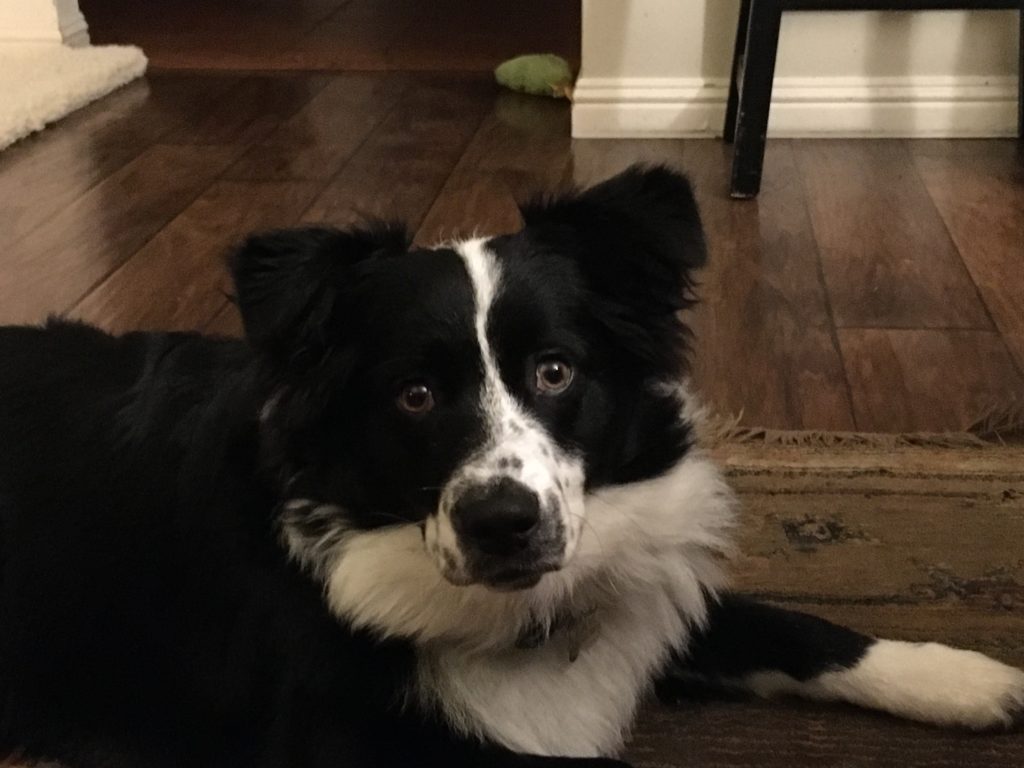I first heard Malena DeMartini talk about how she was helping people with their dogs who could not be left alone in 2015. I was fascinated. As I moved along in my career, I learned that many dog trainers were not willing to work with Separation Anxiety cases. I kept going back to what I had heard in 2015. Then COVID hit and with it came an increase in adoptions, which was great! But it also led to more dogs suffering from Separation Anxiety. I knew I wanted to do more to help these people and dogs, and I made the decision to enroll in Malena’s Separation Anxiety Certification Program.
In 2022, I completed my coursework and became a Certified Separation Anxiety Trainer (CSAT). I learned a protocol that has helped thousands of dogs around the world. It is a science-based technique that is objective and measurable and was originally used to treat anxiety in humans. Many people have been helped with their fears and phobias, and now we’re seeing it successfully used more in the animal world. It is not easy or quick, but it works.
This article will explain what Separation Anxiety in dogs looks like and will help explain what dogs with Separation Anxiety – and the people who love them – go through. Most importantly, I want you to know there THERE IS HOPE!!
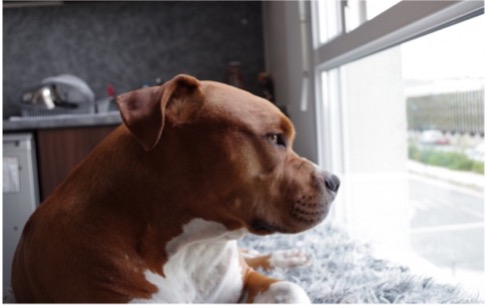
“Separation Anxiety”, “Home Alone Issues”, “Separation Distress”, “Isolation Issues”, and “Separation Related Issues” are all words that describe a set of behaviors and reactions some dogs show when they are left home alone. Actual Separation Anxiety is a clinical diagnosis that a veterinarian must make. As trainers, we often refer to these problems as Separation-Related Problems. But most people use Separation Anxiety so in this article, we will use the umbrella term: Separation Anxiety.
Here are some facts about the prevalence of Separation Anxiety in dogs:
- 17-20% of dogs in the U.S. suffer from Separation Anxiety Research shows that 80% of dogs left home alone in the UK suffer from separation issues (APBC, 2012)
- 50-60% of the whole dog population may display symptoms of separation related problems at some point in their life. (Bradshaw 2002)
- Separation Anxiety is one of the most common canine behavior problems and is diagnosed in 20-40% of dogs referred to animal behavior practices in North America. (Flannigan & Dodman, 2001)
- Over the past four decades. Separation anxiety has been the most commonly discussed disorder in published studies. (Ogata, 2016)
The definition of Separation Anxiety in Dogs is:

A dog who displays anxious behaviors when left alone. It is a clinical issue diagnosable by a licensed veterinarian.
That’s a tame definition for what many people experience when their dog panics when they leave them alone.
Many guardians, living with dogs who are afraid to be alone, experience:
- Huge messes when they get home. Dogs, in the throes of panic when left alone, may eliminate in the house.
- Coming home to walls and door jambs that have been chewed or scratched up.
- Windows broken from trying to escape.
- Crates bent from breaking out.
- Dogs hurt, broken teeth, gnawed bodies, self-mutilation.
- Nasty notes from neighbors about the dog’s constant noise, from crying, yipping, to barking and howling.
The reality is a dog suffering from Separation Anxiety is truly suffering. They are having a panic attack every time they get left alone. This is distressing and upsetting for their guardians and families. They try everything they can find, (and there are all kinds of things and theories out in the world) and their dog still panics when they leave. They can’t understand why their dog can’t figure out they always come back.
There are a lot of emotions that guardians have when they live with a dog suffering from Separation Anxiety.
- Distress and upset (as stated above)
- Empathy for the pain their dog is in.
- Sadness – that this isn’t exactly what you expected when you got the dog.
- Fear – this can get expensive.
- Frustration – from cleaning up the mess.
- Anger – at complaints.
Separation Anxiety in dogs is a complex set of emotions and behaviors. But there is HOPE and it is FIXABLE. Let’s look at what Separation Anxiety really is and how we can fix it.
How do we know the dog has Separation Related issues?

There are many symptoms that we look for when we, as trainers, are assessing a dog for separation-related issues.
The big three are:
- Elimination in the house (even the best-housetrained dog might eliminate inside when they are experiencing the panic and fear of being left alone
- Vocalization (many guardians have come home to complaints from neighbors and landlords about constant crying, yipping, barking, and howling)
- Destruction (Finding chewed-up baseboards, doors, and walls around the exit point is often a sign that the dog has been panicking while they were alone)
There are also many more subtle signs that we will look for when we are assessing. Some of these are:
- Excessive drooling
- Panting
- Lip licking
- Escaping
- Freezing
- Aggression
- Startles easily
- Faster breathing
- Sniffing
- Increased grooming
- Self-mutilation
One or more of these symptoms indicates that the dog is experiencing panic when left alone. They can’t process rational thoughts, just like a person in a panic attack can’t always think rationally.

There are a couple of symptoms that are often seen with separation anxiety but can also show up on their own. There are:
- Noise sensitivity
- Fear of confinement
If we are working with a dog with either of these issues, we will also work to address it while we are working through the protocol to ease the separation anxiety.
There are a lot of myths and wives’ tales about how separation-related problems started. Each dog is an individual and these myths have nothing to do with how a dog starts to feel fear and panic when left alone. Several that I want to squash right away are these:
- You spoiled him. (Coddling or spoiling)
- Your dog is behaving out of spite.
- Dogs can “grow out” of Separation related issues.
- Only rescue dogs get Separation Anxiety
- History of abuse

Then there are many myths and tales about fixing Separation Anxiety. These might give some comfort, but are not getting at the core of the problem:
- More exercise will help.
- Getting another dog will fix it.
- If you don’t punish your dog for their alone-time behavior, they will not know it is wrong.
- Leave the TV or radio on for them.
- Leave your dog with a t-shirt, blanket or sock that smells like you.
These are not true! We can’t be sure of the causes. Again, each dog is an individual, so broad statements are not helpful. We have seen that a dog might show some signs of separation-related problems when something happens to really change their world; a move, a new owner, death of a guardian to name a few. Some dogs just have the temperament and anxiety level, and the fear develops.
Now that people are going back to work, some dogs are struggling with separation-related problems because they have not been left alone during the Covid shutdowns. While giving your dog rules to live by, and safety and limits are important, you can’t really love them too much.
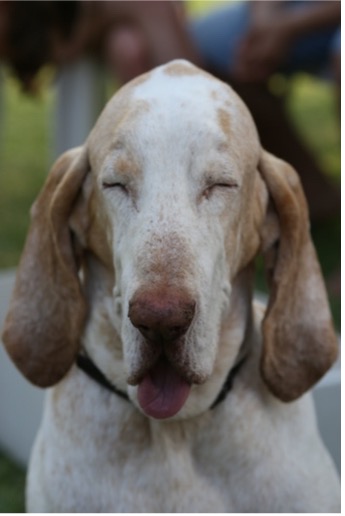
When a dog is suffering from separation anxiety, they are terrified of being alone. It is a fear or a phobia.
People can also experience separation anxiety and other phobias as well.
There are many common fears and phobias:
- Spiders
- Snakes
- Flying
- Leaving the house
- Dogs
- Thunder and lightning
- Heights
For many people just the idea of a spider creates anxiety. We cannot always tell the depth of the anxiety by the outside reaction what the depth of anxiety is. Some people may scream, some run out of the room and not come back till the threat is gone, and others may just get quiet, while their heart is beating faster, and their breathing has sped up.
The same is true of dogs. Sometimes the dogs with the least reaction may take the longest to resolve and vice versa.
No matter what reaction a person experiences, a trained psychologist can help by using a technique known as systematic desensitization.
That means a treatment for phobias in which the patient is exposed to progressively more anxiety-provoking stimuli and taught relaxation techniques.
Systematic desensitization, as a method for changing behavior, has been around for years. It is science-based and has been used to treat humans with fears and phobias, like snakes, spiders, and flying.
More and more we are seeing systematic desensitization being used with animals. It is measurable, methodical, and objective. It is not speedy. As trainers, our motto with dog is “Slow Is the New Fast”.
We also must keep in mind that we are living life at a much faster pace than our dogs. Fast internet, and other technologies have made us run at light speed. Lucky for us humans, dogs could care less about technology and only want to go fast on their own four feet. They remind us we need to slow down. They are on biological time.
So, in building this protocol for Separation Anxiety, we need to be on the dog’s time. The dog is experiencing how it feels when they are alone. So, we let the dog let us know when they are comfortable. Each case is a study of one!
Are you, or someone you know, ready to get some help with your dog’s separation related issues?
Here’s how you get started?

- An Initial Call – complimentary
- We talk about what the dog is doing. We talk about the management needed to make the protocol work. We might brainstorm ways to make sure the dog is never alone. We go over the technology and what to expect. (This usually takes about 30 minutes)
- Management is a huge component of a Separation Anxiety protocol. That management is not leaving the dog alone except for safe durations during training. We spend lots of time brainstorming how to manage this and still have a life.
- Often, we talk about the contract we make with the dog: You promise not to leave the dog alone except for safe durations during training and the dog promises to not destroy the house, eliminate in the house, and bug the neighbors with their barking and howling. Because they aren’t being left alone, the behaviors are not being practiced. It helps in so many ways.
- We talk expectations – This is a systematic and individualized process, there are no guarantees how long this will take. We are going to go at the dog’s speed. We also let you know that your dedication and effort will help resolve this matter.
- We talk about technology and how we utilize it. We have Zoom or FaceTime calls and we might use remote cameras. We use a Google Spreadsheet to get the missions and check in daily.
- We talk about the needs/goals for duration the dog can be alone.
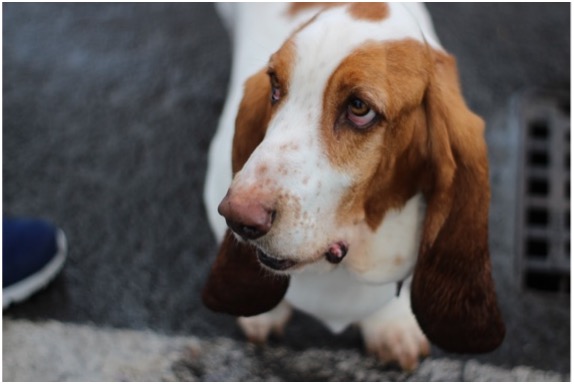
- Initial Assessment – Zoom or other technology.
- We will gather any other information we need on the dog.
- Ask client about the floor plan their house. So, we can understand the dog’s movement.
- We will do an assessment of being alone with all the usual routines of leaving.
- We will review the assessment together.
- We will determine the point in the assessment where the dog begins to show anxiety. We call this the threshold. This becomes the line we do not pass so the dog stays relaxed and calm. This a moveable line, it changes as the dog becomes more and more comfortable.
- Talk about how the missions work and their 20–30-minute duration 5 days a week.
- Answer any questions.
- Explain the benefits of all the training being virtual.
- Explain the shared Google spread sheet that we will be using to communicate daily during our work together.
- Missions Begin
- Four missions a week, with notes and data tracker filled out.
- The next mission will be in the spreadsheet after the notes are received.
- The fifth mission of the week is the reassessment.
- We watch the dog during the absence, which is done like another mission.
- Answer questions
- Sometimes, there may be a little push while the trainer is watching.
- This will help determine what the missions for the next week will look like.
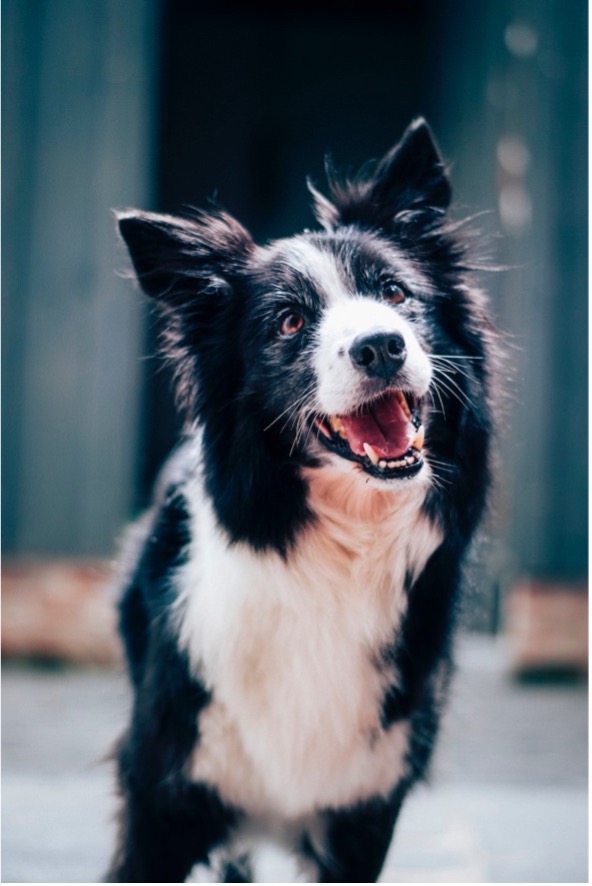
Again, Systematic Desensitization works by exposing the fearful dog to the alone time they are afraid of, in increments that feel safe for them. They are always below that point of fear or panic. We listen, and watch, to see what the dog tells us. We move at their speed.
I struggle with analogies but learning math fits this instance. As we learn math, we must go slow so that we master the concepts. Addition, subtraction, multiplication, and division all build on each other. You need these skills to be able to go on to Algebra, Geometry, Trig, and Calculus. If something as simple as multiplication is missed, it can make school much harder and can limit choices later in life.
In our separation anxiety protocol, we are building slowly to make sure the foundation is strong, and we are then able to grow the dog’s comfortable alone time towards the goals of the guardians.
This protocol, with an emphasis on the dog, and its systematic and individually planned steps gives hope that dogs suffering from fear and anxiety of being alone can live a more normal life, as can their people. There is hope!!

